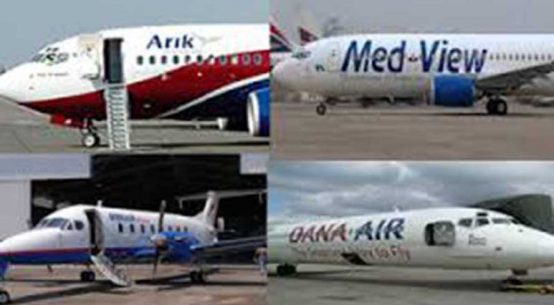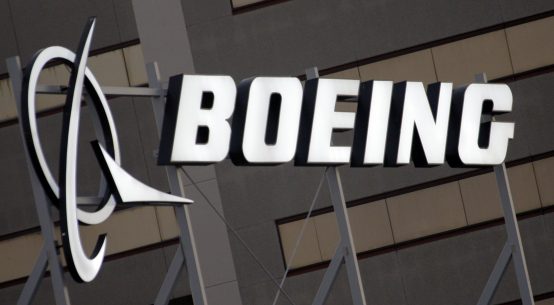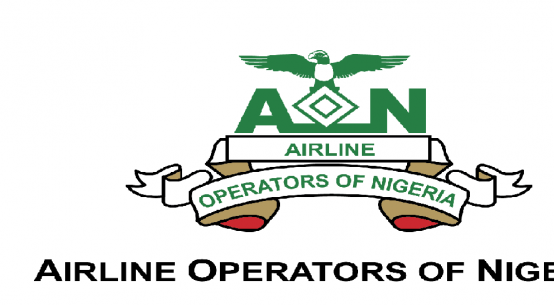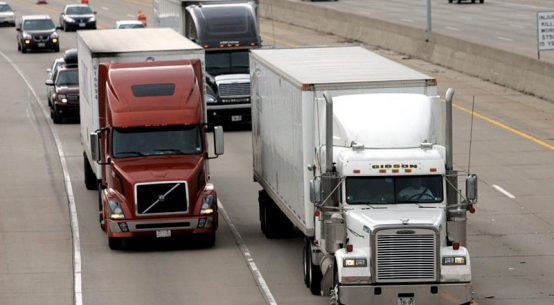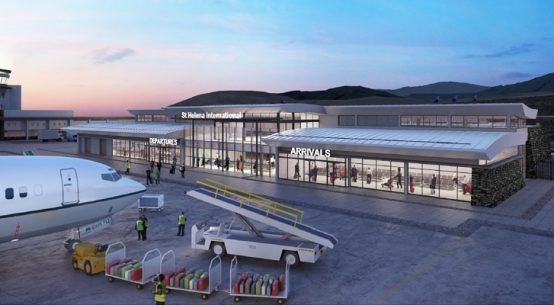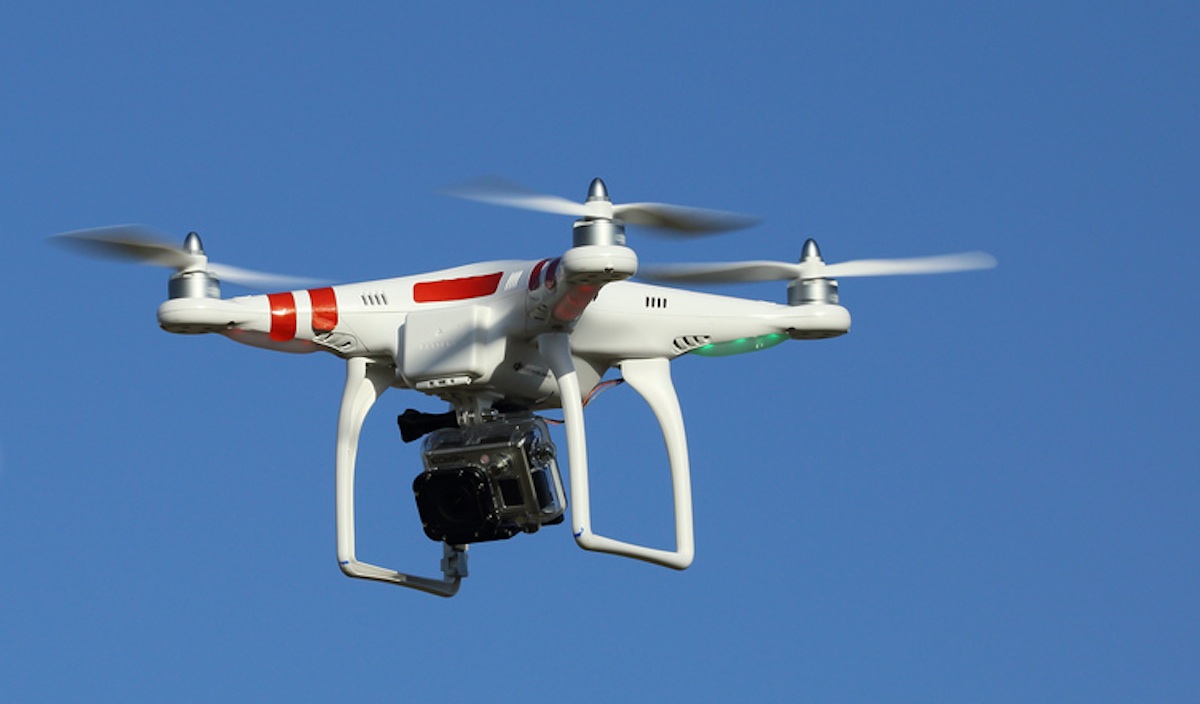
Integration of drones into the National Airspace System will accelerate with a pilot program directed by the FAA, the Transportation Department announced on Wednesday November 1, 2017
The U.S Department of Transportation and Federal Aviation Administration are expected to use the program in the development of a regulatory framework to allow more complex low-altitude operations, plus identify ways to balance local and national interests.
The United States is launching an initiative to safely test and validate advanced operations for drones in partnership with state and local governments in select jurisdictions, under a newly-issued directive by the Trump administration.
The Unmanned Aircraft Systems (UAS) Integration Pilot Program implements an order signed by President Donald Trump on Oct. 25. The U.S. Department of Transportation says the results of the study will be used to accelerate the safe integration of UAS into the national airspace.
“The program will help tackle the most significant challenges in integrating drones into the national airspace while reducing risks to public safety and security,” the USDOT explained in a statement. “The program is designed to provide regulatory certainty and stability to local governments and communities, UAS owners and operators who are accepted into the program.”
The DOT has said that the pilot program would evaluate a variety of operational concepts, including night operations, flights over people, flights beyond the pilot’s line of sight, package delivery, detect-and-avoid technologies, security operations and the reliability and security of data links between pilot and aircraft.
Industries that could see opportunities from the program, the DOT says, include commerce, photography, emergency management, precision agriculture, and infrastructure inspections and monitoring.
The USDOT and Federal Aviation Administration are expected to use the program in the development of a regulatory framework to allow more complex low-altitude operations, as well as identify ways to balance local and national interests. Other stated goals include improving communications with local, state and tribal jurisdictions; addressing security and privacy risks; and accelerating the approval of operations that currently require special authorizations.
“Stakeholders will have the opportunity through this program to demonstrate how their innovative technological and operational solutions can address complex unmanned aircraft integration challenges,” FAA Administrator Michael Huerta explained.
The Department of Transportation has said that it plans to publish a Federal Register Notice “in the coming days” with more details about how the program will work.
According to the DOT, the potential economic benefit of integrated unmanned aerial systems into the nation’s airspace is estimated to equal up to $82 billion and create up to 100,000 jobs in under a decade.
Follow us on Twitter for more Logistics News Follow us on Facebook for more Logistics News
Citing a study by AVUSI, a nonprofit dedicated to advancing unmanned systems and robotics, the DOT says that the first three years of integration of unmanned aerial systems could result in the creation of over 70,000 jobs in the U.S., with an economic impact of over $13.6 billion. The study says the benefit would grow through 2025 when over 100,000 jobs created and an economic impact of $82 billion is foreseen.



